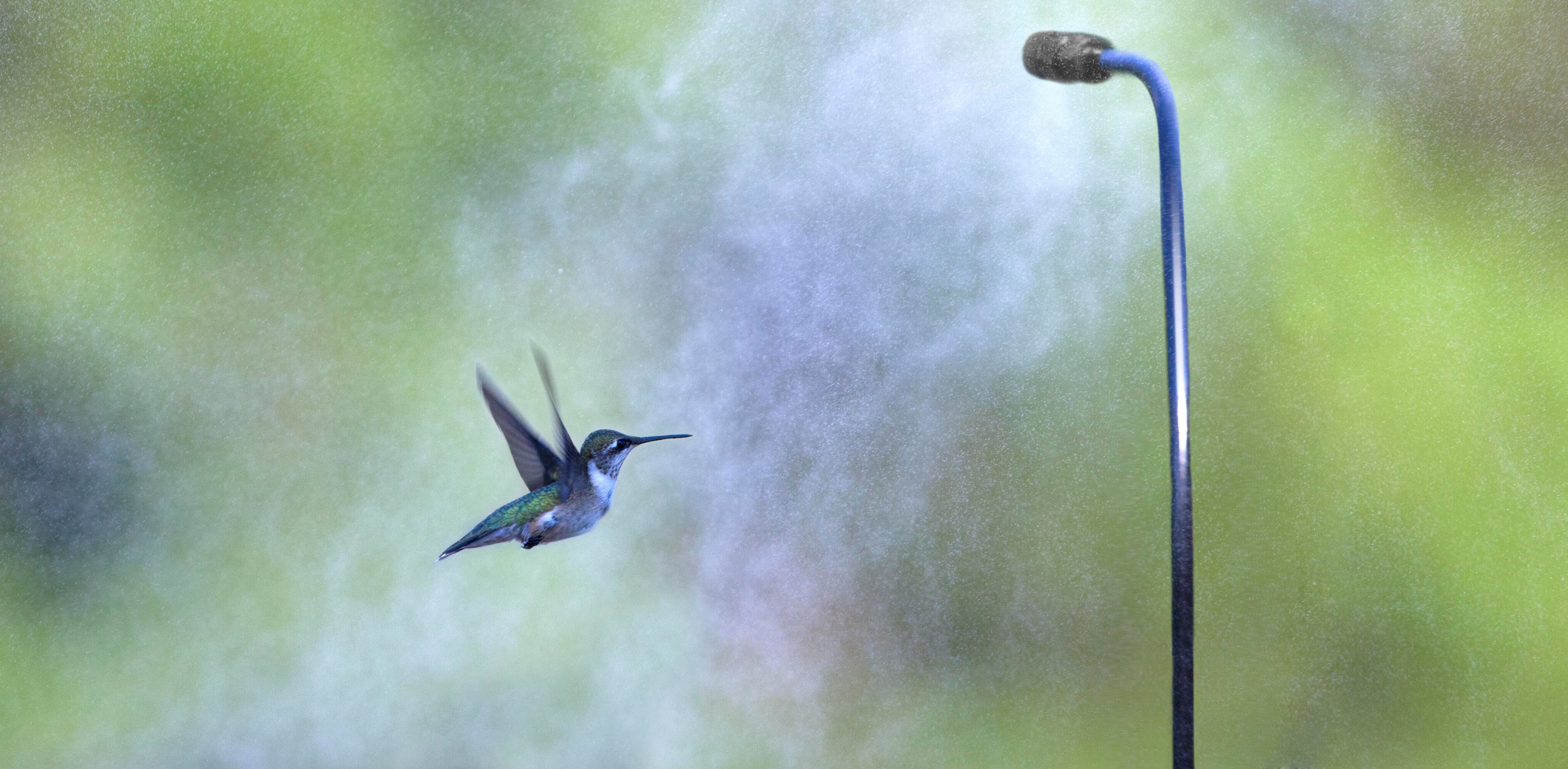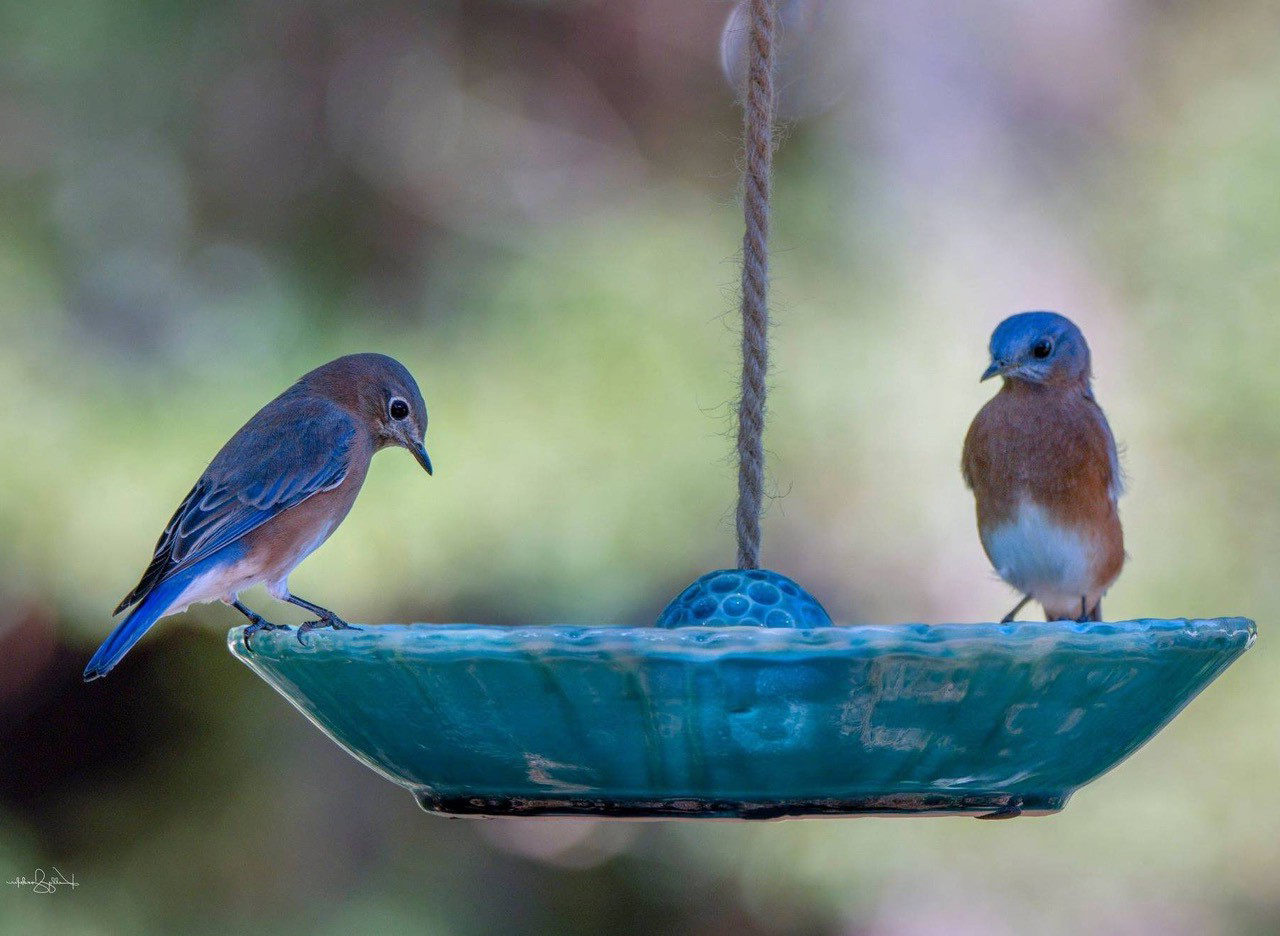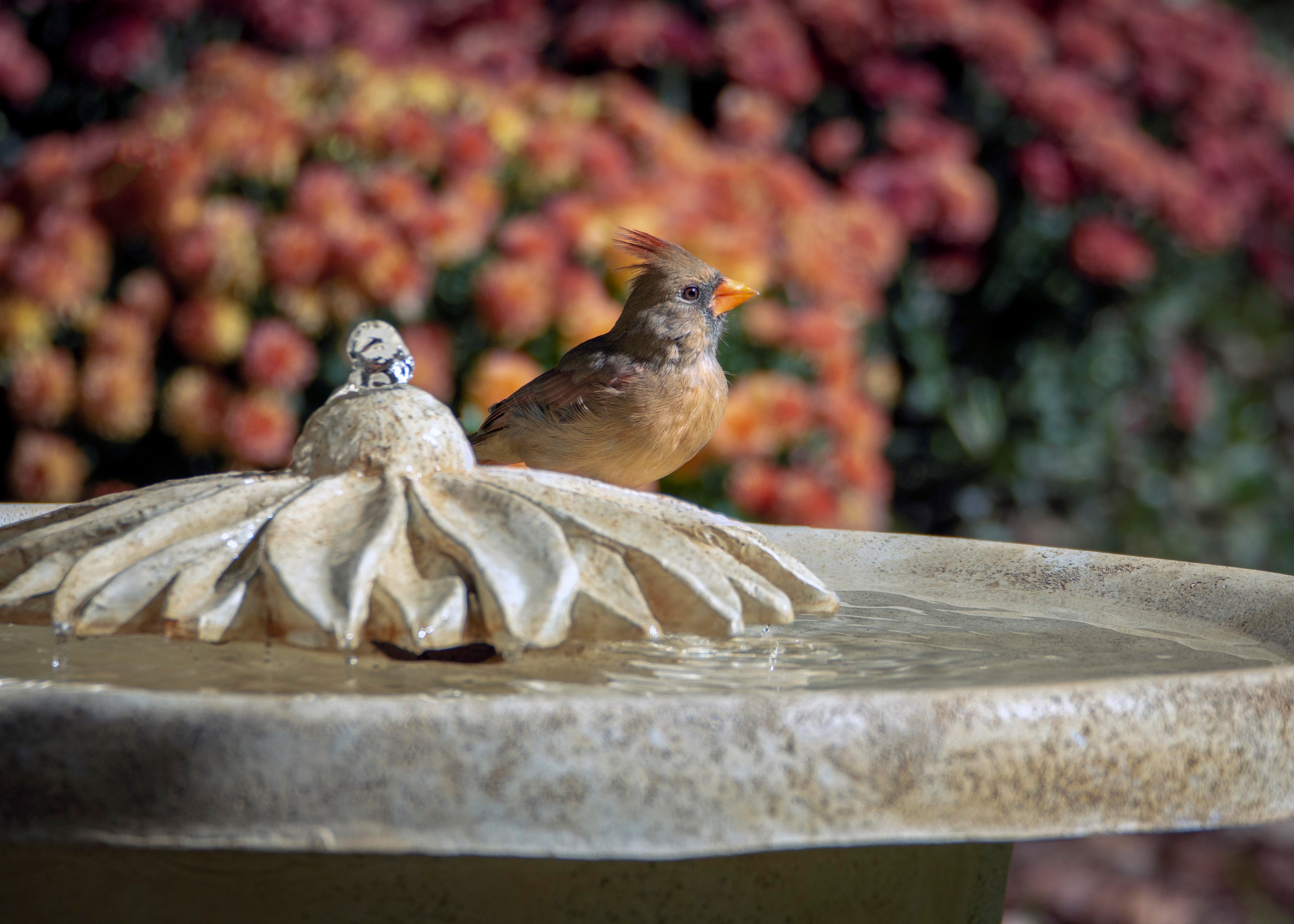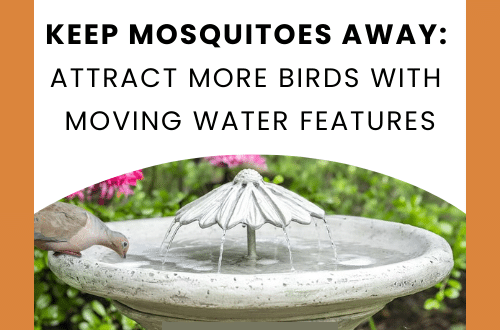-
bluebird houses and turf wars
 Is it possible to have too many bluebird houses? The answer would be yes and no, depending on several factors and just how “into” bluebirds you’re willing to get. I recently joined a forum for Bluebird Monitors as I’ve seen some pretty bizarre happenings with bluebirds this season.
Is it possible to have too many bluebird houses? The answer would be yes and no, depending on several factors and just how “into” bluebirds you’re willing to get. I recently joined a forum for Bluebird Monitors as I’ve seen some pretty bizarre happenings with bluebirds this season.In the past, Eastern Bluebirds have over-wintered in our North Georgia Yard, and have gone on to nest in various bluebird houses, raising several successful broods. It’s awesome to watch older siblings help raise the fledgelings too. And mom and dad will work as a pair for about 30 days to raise their brood.
The first five eggs all hatched, all fledged… off to a good start, right? Not really 🙁 The male disappeared about 3 days before these babies fledged, so mom was on her own. It wasn’t long before these babies learned to feed themselves at the mealworm feeder. Granted, only three of them made it thus far, but it looked promising. I then noticed a strange lump, almost a protrusion on one of these babies, which was the reason for joining the bluebird forum. After posting the question, I’d received a detailed answer saying this was likely a broken air sac, which happens frequently to fledgeling as they can’t really tell yet what’s solid or open. It could either absorb itself, or turn infectious. I watched daily, this group of three siblings who stuck together at feeding times. It was the female with injury and I so hoped she remain okay. And she did for a while, until the turf wars began.
Enter a new male Eastern Bluebird: he had it in for these fledgelings as they were not his brood. Relentlessly he’d chase them from feeder to feeder, dive-bombing and harassing them constantly. It was the most difficult thing to watch. The new male was trying to attract one of the two adult females… and with all his might at that. One day there were no fledgelings, two days and no fledgelings, by day three I’d given up. The male had either driven them from the area, or killed them. I’d never seen Bluebirds engage in such behavior, and it saddened me.
About one week later, I learned of the new nest and the babies who had hatched. Never actually monitoring this bluebird house, I’d watch the female cram as many worms in her mouth as she could and fly to the box, so I knew she was feeding hatchlings. This bluebird house sits very high up, so again, it was never monitored. The ot
 her day I saw both parent bring three fledgeling to the mealworm feeder, and had better hopes for a successful brood.
her day I saw both parent bring three fledgeling to the mealworm feeder, and had better hopes for a successful brood.Typically Bluebird Houses should be about 100 feet apart. With an acre of land, we have several different kinds of houses for them. Other cavity nesters also use bluebird houses and this is where some extreme bird wars are created. House Sparrows are enemy number one, destructive and aggressive, they’ll chuck Bluebird eggs from the houses, kill nestlings, and even adult Bluebirds. House Wrens will do the same, wreaking havoc on Bluebirds. Tree Swallows will also compete for Bluebird Houses, and sometimes adding a second house 10-15 feet apart helps eliminate competition. After reading the many posts from the Bluebirds Forum, I’ve learned that most species are quite territorial during nesting season, aggressive and downright mean. Predator guards help some, and devices called “sparrow spookers” may keep these non-native demons at bay, but I guess it’s just survival of the fittest, kinda sad that mother nature can be so tough.
-
decorative bird houses aren’t always functional
 Buyer beware…. not all decorative birdhouses are meant for feathered friends! Just because they’re made from wood and have an entrance hole, does not mean they’re really suited for wild birds. Many of these wooden, cute decorative birdhouses lack clean-outs and proper ventilation for tiny nestlings. As if sweltering summer temperatures aren’t bad enough, it’s always a few degrees warmer inside a birdhouse, and this can mean death for some nestlings. This is one good reason not place new birdhouses in direct sun. Another factor is year-round weather. Will this birdhouse hold up to the elements? It’s always best to leave birdhouses out year-round as many birds will use them to roost. Protection and shelter from the elements and from predators are the reasons to leave decorative bird houses out year-round. Plus if they’re really cool birdhouses like these, you’d certainly want them for the added aesthetic to your yard.
Buyer beware…. not all decorative birdhouses are meant for feathered friends! Just because they’re made from wood and have an entrance hole, does not mean they’re really suited for wild birds. Many of these wooden, cute decorative birdhouses lack clean-outs and proper ventilation for tiny nestlings. As if sweltering summer temperatures aren’t bad enough, it’s always a few degrees warmer inside a birdhouse, and this can mean death for some nestlings. This is one good reason not place new birdhouses in direct sun. Another factor is year-round weather. Will this birdhouse hold up to the elements? It’s always best to leave birdhouses out year-round as many birds will use them to roost. Protection and shelter from the elements and from predators are the reasons to leave decorative bird houses out year-round. Plus if they’re really cool birdhouses like these, you’d certainly want them for the added aesthetic to your yard.This Eastern Bluebird Look-Alike hosts a family of Black Capped Chickadees. The house has a trap door clean-out on the bird’s belly, and the entrance is proportionally correct for these smaller songbirds. This size birdhouse with a two-inch entrance isn’t likely to entice any prospects for nesting.
 And even if it does, they’re likely not safe from predators. The Boathouse Birdhouse also features a side wall with screws for clean-out, and a slightly larger entrance offers medium sized songbirds a great nesting spot.
And even if it does, they’re likely not safe from predators. The Boathouse Birdhouse also features a side wall with screws for clean-out, and a slightly larger entrance offers medium sized songbirds a great nesting spot.When considering decorative birdhouses, be sure they are functional and proportionally sized for the birds you’d like to entice. As always, a fresh water source is the single, most effective way to attract more birds. Those who are not cavity-dwellers, or birds who never visit a feeder are likely to check out a bird bath with fresh water in it.
-
a different spin on bird baths
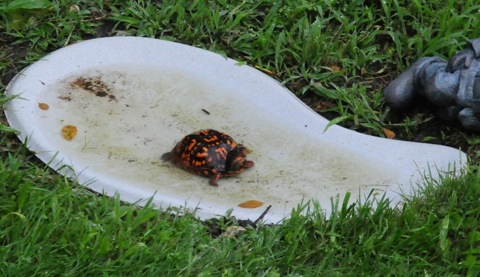 Water has got to be the most effective way to attract more birds… and wildlife in general. If you think outside the box with bird baths, there’s really so much more out there than just your standard pedestals or hanging models. Bird baths come in all shapes and sizes, and ground bird baths will attract way more than just birds.
Water has got to be the most effective way to attract more birds… and wildlife in general. If you think outside the box with bird baths, there’s really so much more out there than just your standard pedestals or hanging models. Bird baths come in all shapes and sizes, and ground bird baths will attract way more than just birds.Here in the Southeast we’re experiencing the usual summer drought, with unusually high temperatures. Mid-June actually feels like August… it’s just brutal 🙁 I feel for anyone in the landscaping business or nurseries as their season was cut extremely short this year. Most pastures are looking like the outback-brown and crunchy.
Our yard features two leaf misters that emit a gentle spray for most of the day. This butterfly puddler is set below one of the misters and allows water to collect and “puddle”. All plants grow full and lush around the misters too. Seems this little guy has found cooling refuge from the extreme heat and beating sun. Butterflies, hummingbirds, frogs, lizards and so many others will frequent these kinds of shallow ground baths. Birds tend to bathe naturally at ground level, so it’s a most popular spot for them too.
When considering bird baths for your yard… next time think outside the box!
Hummingbird Feeders
about feeders & accessories

